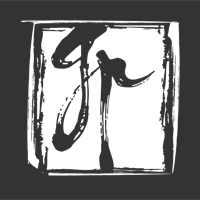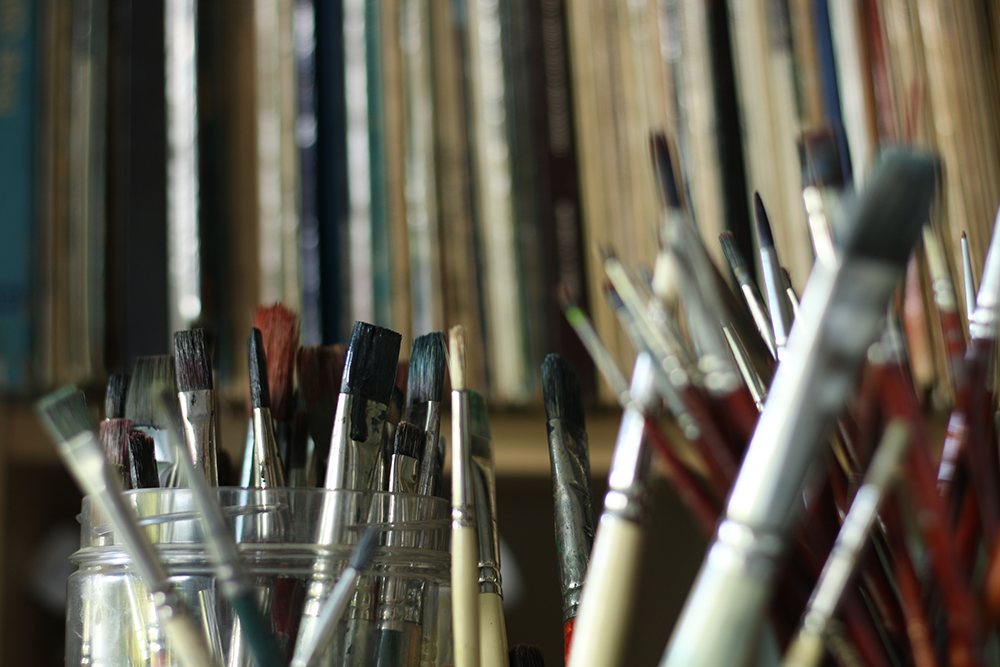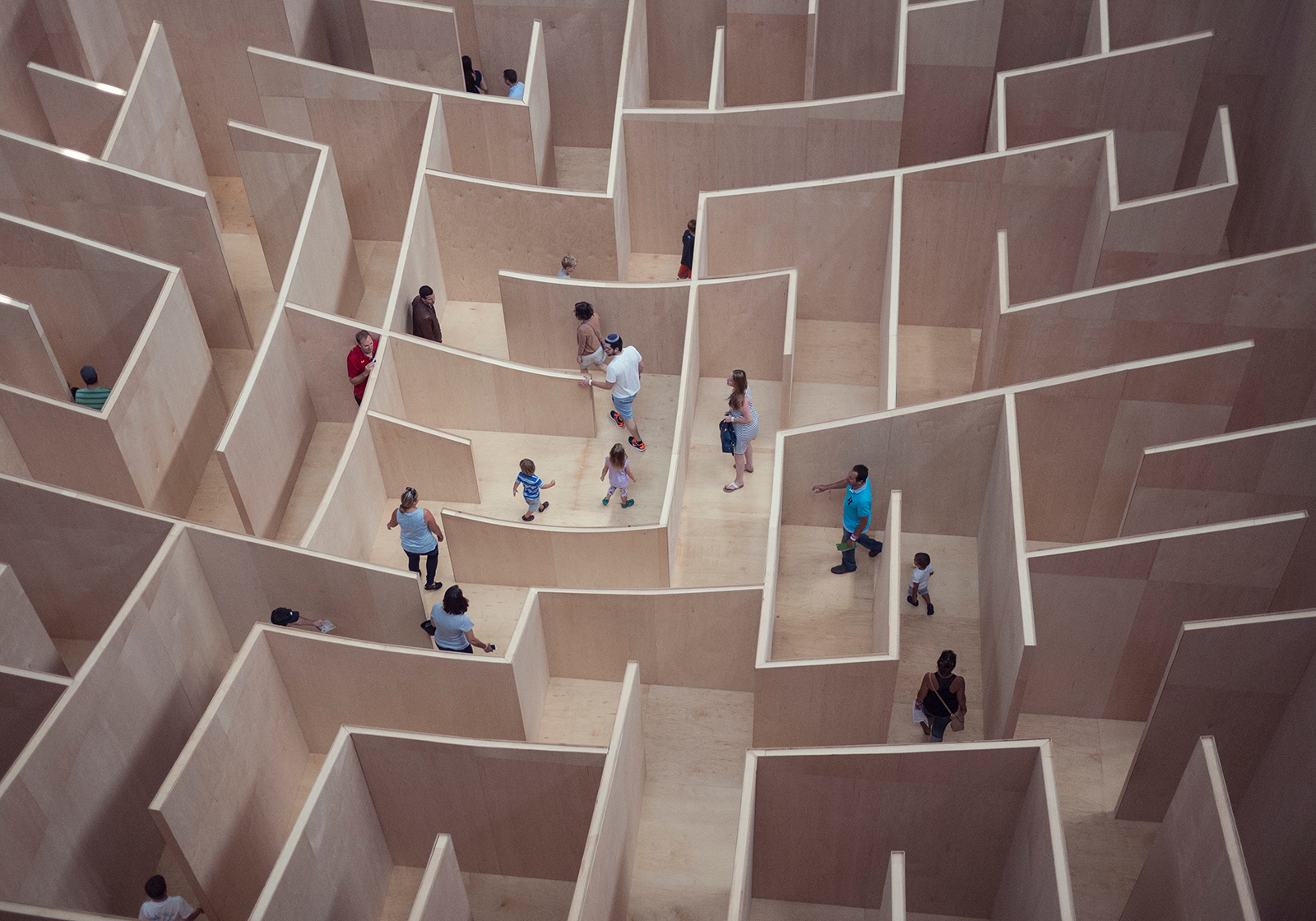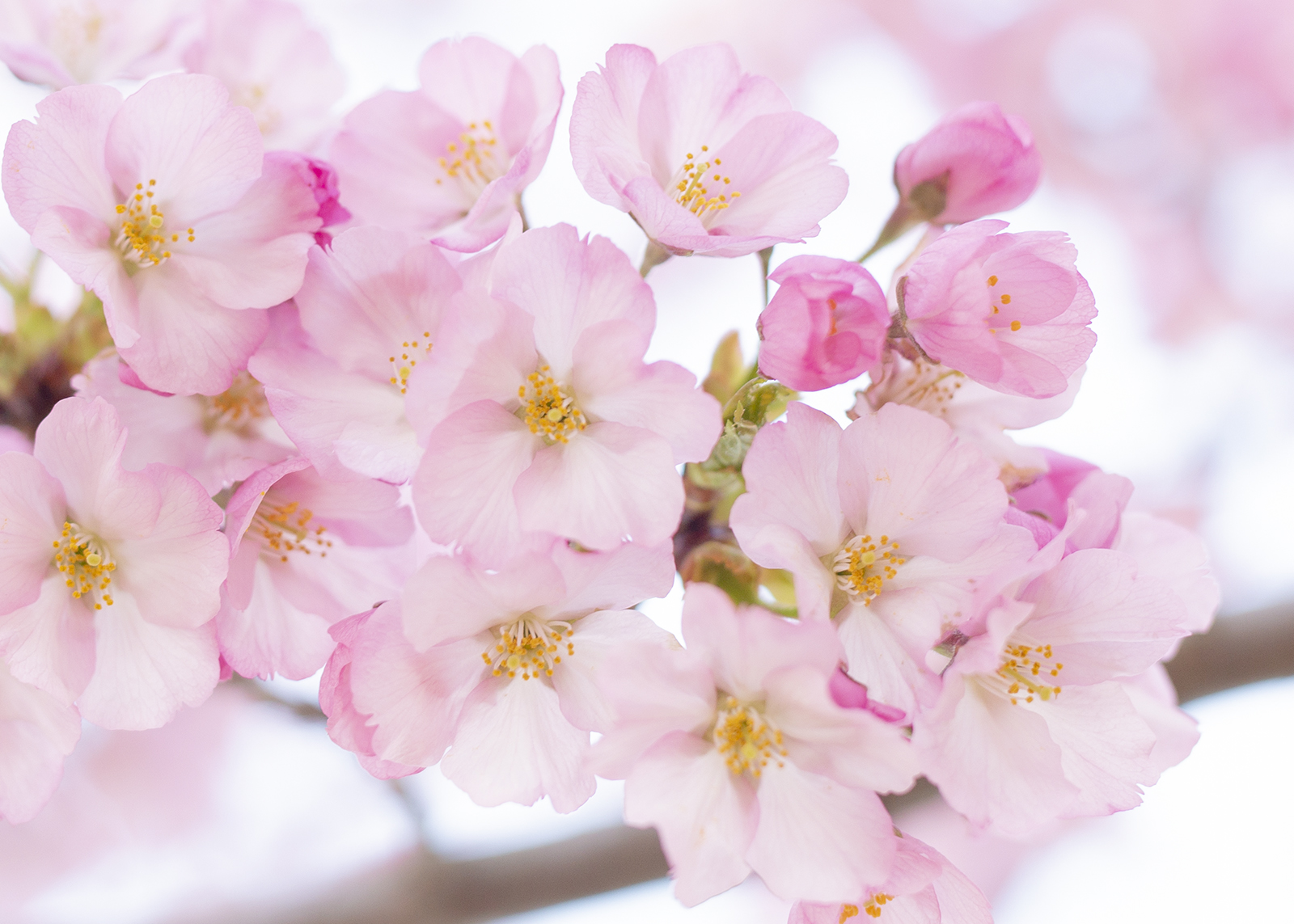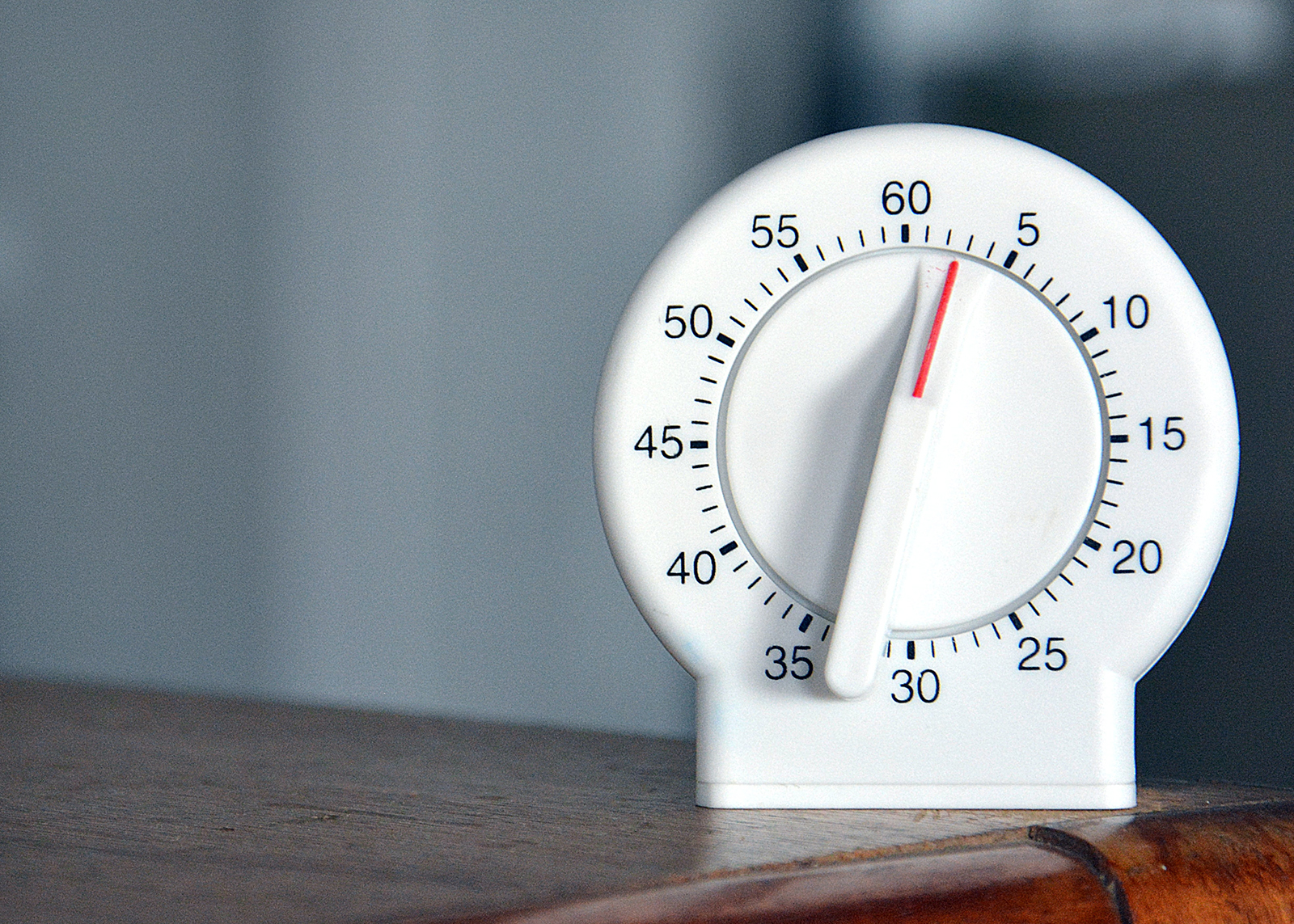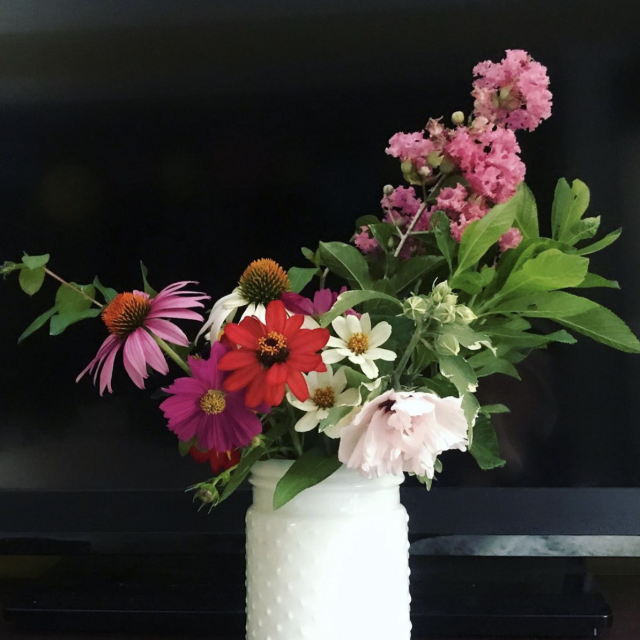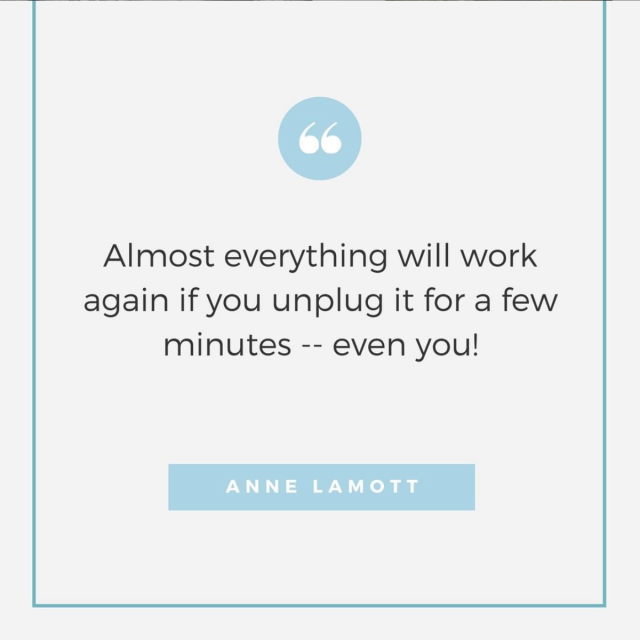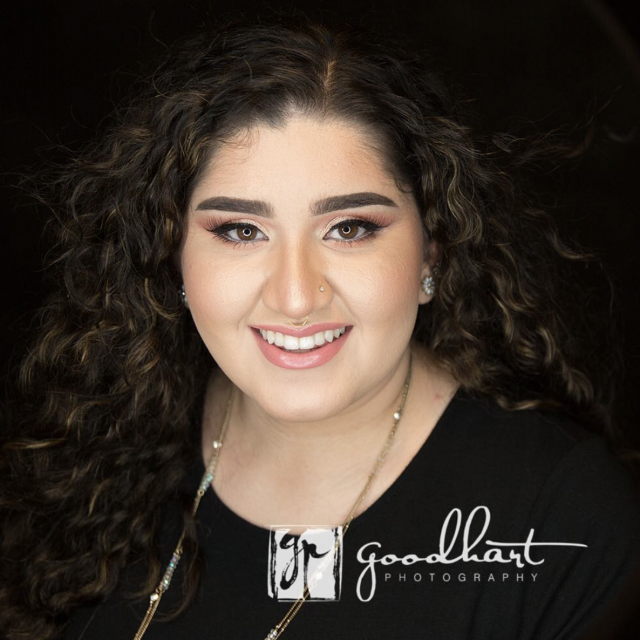I know, I know, another thing to add to your to-do list when you are already overwhelmed by the demands of daily life. But honestly I think it will help! Here are six solid reasons to make time for creativity in your life.
1. Creativity increases your productivity
I figure I have to lead with this point in order to get some of you to actually consider adding something like creativity to your schedules. I completely understand what it’s like to feel overwhelmed by the pace of modern life.
However, sometimes making space and time for something new actually increases your energy so that you actually get MORE done. This is universally held to be true of exercise and nutrition, for example. And it’s true of creativity too! If you make time for creativity, it will increase your sense of happiness — and happiness is an energy booster.
Creativity also increases your productivity because you start to get some clarity about how you want to spend your time and you’re able to use that knowledge to set effective boundaries.
2. Creativity strengthens your problem solving skills
Developmental psychologists often talk about the importance of play to children. Creative play is the way children experiment with ways of thinking and try out new ideas.
When you make time for creativity as an adult, the same thing is true. You step out of linear thinking, and begin to play and experiment with the tools of your choice. Experimenting being the key word; you try things out, you see what you like, you adapt. The stakes are low — this is something you do for YOU! Give your inner critic the night off, and approach your chosen activity with a sense of curiosity and playfulness.
Creativity is not linear. By activating different neural pathways in your brain, you’ll strengthen your problem solving skills in other areas of your to-do list — and in your life.
3. Creativity desensitizes you to perfectionism.
It isn’t a bad thing to want to do things well in your life. But pressure to be as perfect as you can, to do your best all the time, to strive for improvement is endemic in modern society and completely detrimental to mental health.
When you allow yourself a creative practice, it is an opportunity to release any demand on yourself other than to play, to strengthen your powers of observation and curiosity, to allow yourself to take creative risks. What happens if I do this? Or hmmm, I’m not a huge fan of what I did here, what if I try this?
And that process of trial and error, of learning what works and what doesn’t, starts to desensitizes you to the idea of perfection. Mistakes are part of the process and are completely manageable.
4. Creativity reduces stress and anxiety.
Creativity also reduces stress and anxiety. It gives you the chance to leave your thinking mind, the part of you that is always worrying about something in the future or feeling guilty or upset about something in the past.
Instead, you turn your attention to the present moment, in the activity you are trying to do. It’s like setting down that backpack of heavy books you are always carrying as you go through your day and taking a rest, sitting on a rock and just enjoying the landscape.
Modern life is built around distraction and the idea of urgency, especially to other people’s agendas. If you make time for creativity, you will slow down and step out of that stream of stimulation, especially when you get into the flow of what you are doing.
Over time, creativity will tremendously improve your mental health.
5. Creativity connects you to your inner self.
This begins when you figure out what you want to do. Think about the things you loved to do as a child. Did you sing all around the house? Did you play in the garden? Photograph everything in sight? Did you write books? Did you love listening to your friend play her guitar? Did you draw, dance, cook, or paint?
Make a list of three or four things that sound interesting, and see if you can access the resources to pursue that interest. For example, I actually wanted to learn hip hop dancing but for a number of reasons that was impractical. So I decided to take up painting instead, it had way less friction and would be much easier for me to incorporate into my life.
When I’m in the relaxed state of creating, I’m often pleasantly surprised by the random thoughts and insights I’ll have that are usually drowned out by the day’s rushing around and meeting obligations. I keep a notepad to jot those ideas down.
My Pandemic Painting Practice.
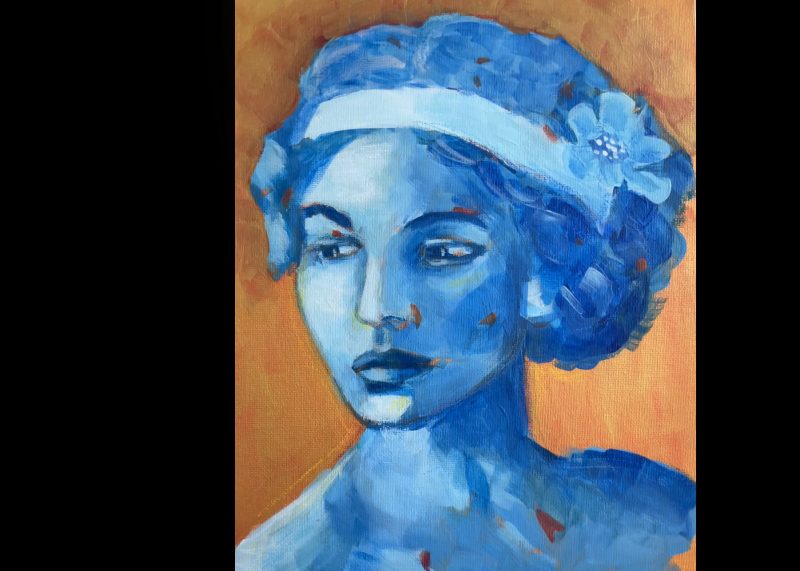
One of the things I’ve learned in recent years is not to let my inner critic derail me so much. I think it’s important to allow yourself to be bad at something, because you have to plow through that to improve!
I remember the first painful screeches of my son’s clarinet playing when he was in 6th grade. And over the years, the sounds that came from his room started becoming melodic and beautiful. By the time he left high school, he was an extremely talented musician whose love of music created many lasting friendships and opened the door to wonderful experiences.
I share that story just to highlight the inevitability of improvement. My own goals for painting are just to have fun, not be become a “talented artist”. A goal like that would change the nature of the creative practice! I just want to be able to get lost in the present moment, to feel that sense of complete engagement with what I am doing, and to occasionally make paintings that I like.
Resources to Inspire you to Make Time for Creativity
Links to books on Amazon are affiliate links, and I receive a small commission if you make a purchase using my link. All books and products I recommend however are products I purchased personally and love.
The Artists Way by Julia Cameron. On Amazon. The classic book which includes a 12 week program to reignite your inner artist and creator. This book was my first foray into the value of making a practice of creativity. I still have my original copy from 2002.
Drawing on the Right Side of the Brain by Betty Edwards. On Amazon. Another classic book about using observation and seeing to learn to draw. Her exercise where you draw a man on a horse upside down was astonishing to me and convinced me that drawing was a skill I could learn if I practiced.
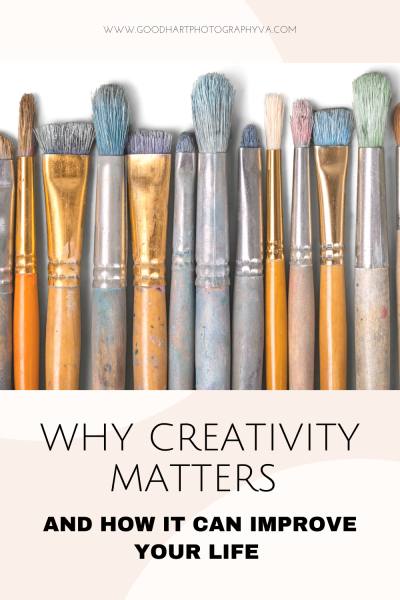
Skillshare. A wonderful subscription platform where you can learn anything! This is also an affiliate link.
Studioworks by Ivy Newport. Another subscription platform which gives you access to a beautiful monthly magazine and a library of art classes. She gives you a free month trial with no commitment.
London Writers Salon coworking group. The London Writers’ Salon hosts daily coworking groups at 8 am in four time zones! Work on your morning pages (a la “The Artists Way” or your great American novel.
Sh*tty First Drafts. An essay by Anne Lamott from “Bird by Bird” about the importance of suspending judgment and pushing through the creative process.
Header Photo Credit: Pierre Bamin
Did you like this post? You might like my newsletter too!

